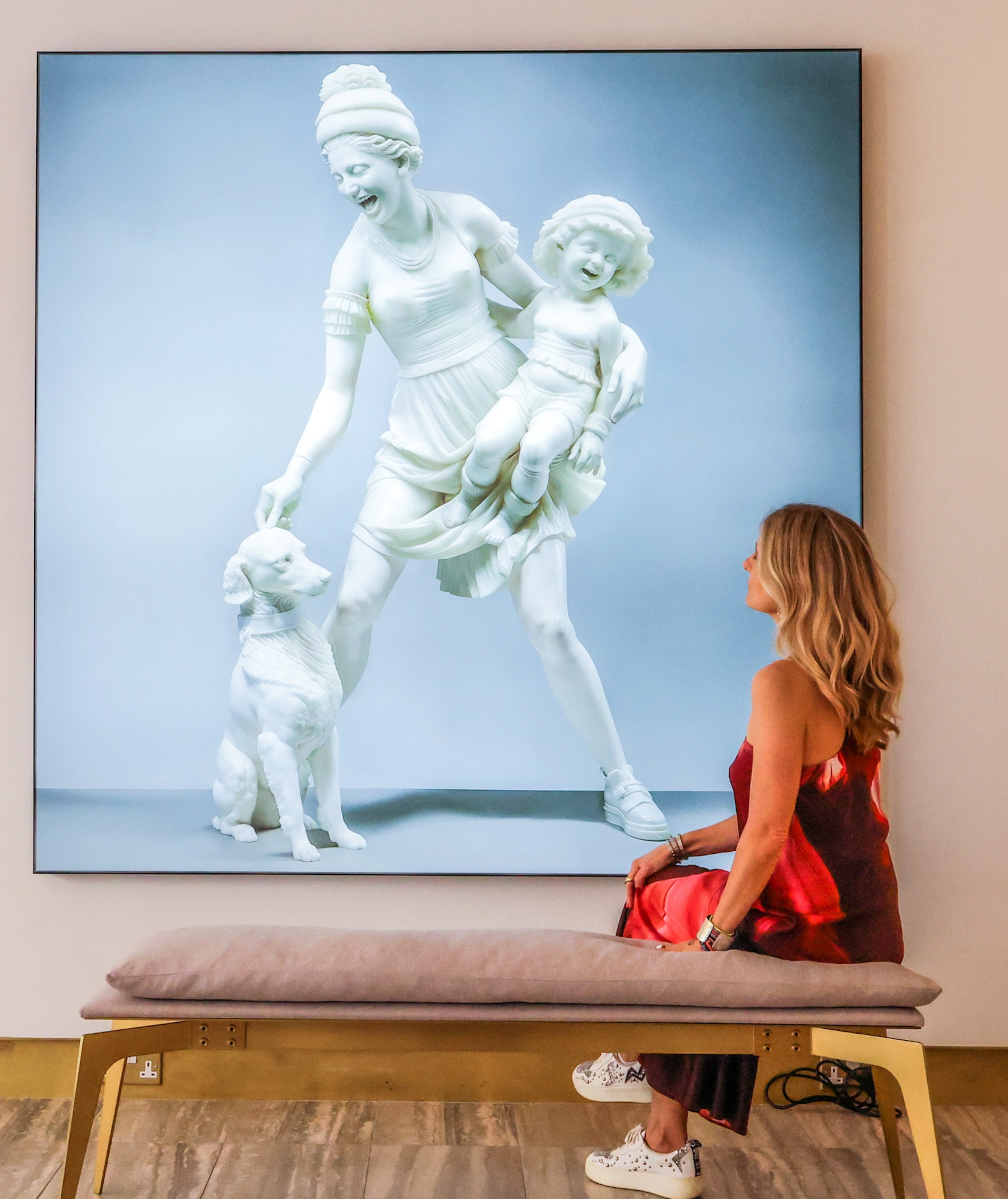potential for revolutionizing the creative process, while others express concerns about the loss of human touch and ingenuity. As AI continues to make significant strides in various industries, including art, it is crucial to examine its role and impact on the artistic landscape.
Throughout history, technological advancements have always had a profound influence on art. From the invention of the camera, which challenged traditional notions of representation, to the development of digital art in the 20th century, artists have consistently embraced new tools and mediums to catalyze their creative expression. AI emerges as the latest addition to this lineage, promising to challenge and redefine the boundaries of art.
At its core, AI refers to the development of computer systems capable of performing tasks that would typically require human intelligence. Within the realm of art, AI algorithms analyze vast amounts of data, learn from patterns, and generate original artistic content. This groundbreaking technology presents artists with exciting opportunities and challenges traditional notions of authorship, creativity, and aesthetics.
One notable application of AI in art is the creation of artworks entirely generated by algorithms. Artists and programmers collaborate to train algorithms to autonomously produce paintings, sculptures, and music. Such works raise thought-provoking questions about the definition of art and the role of human intention in the creative process. Can AI algorithms be considered artists? What does it mean for an artwork to lack a human touch? These inquiries invite us to reevaluate the nature of artistic creation and the role of the artist in the age of AI.
However, AI’s impact on art goes beyond the generation of autonomous works. AI algorithms can also assist artists in their creative process by offering new tools and possibilities. Machine learning algorithms, for example, can analyze vast art collections, identify patterns, and reveal hidden connections. This can provide artists with new sources of inspiration, challenge their creative routines, and open up innovative avenues for experimentation.
Yet, as AI becomes increasingly integrated into the art world, concerns arise regarding the potential loss of human craftsmanship and originality. Some argue that the use of AI may lead to a homogenization of artistic output, as algorithms prioritize popular styles and reinforce existing trends. Additionally, concerns about ethical considerations, data privacy, and the control of AI algorithms also emerge, highlighting the need for critical examination and guidelines to ensure the responsible and ethical use of this technology.
In this article, we will examine the various ways in which AI is currently being utilized in the art world. We will explore the benefits and limitations of AI-generated art, the role of AI as a creative tool, and the ethical implications associated with its use. By delving into these topics, we aim to foster a deeper understanding of the profound changes AI is bringing to the artistic landscape and encourage a thoughtful dialogue surrounding its role in today’s art.

